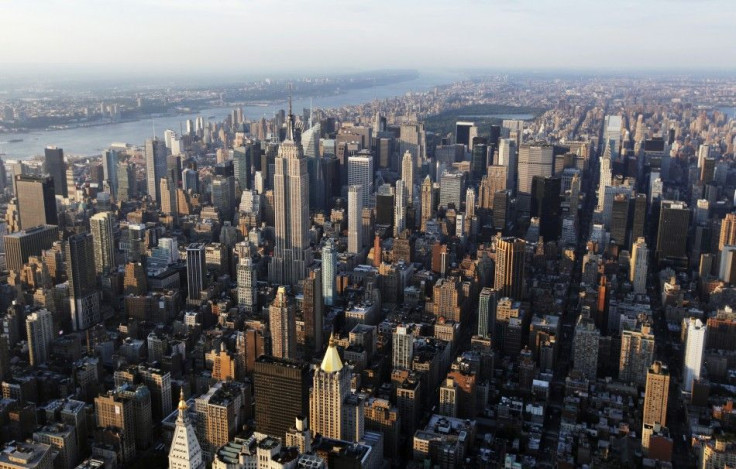Denser, More Efficient Cities Key To Coping With Population Explosion: Experts

Cities are expected to expand the combined size of Texas, California and Montana in the next 20 years, adding environmental and cultural strains from population growth and shifts away from rural living, experts said Tuesday at a conference in London called Planet Under Pressure.
By 2030, humanity's total urban footprint will expand by an additional 1.5 million square kilometers (579,000 square miles), according to the conference.
Where to house the additional urbanites with as little environmental harm as possible will become crucial as the world's population increases by an estimated 1 million additional people each week for the next 38 years, experts said.
The American model of urban sprawl won't work, raising the question of how to design cities that can sustainably cope with population increases, said Karen Seto, a professor of urban environment at Yale University.
The North American suburb has gone global, and car-dependent urban developments are more and more the norm, Seto said in a statement. The way cities have grown since World War II is neither socially [nor] environmentally sustainable.
Reversing the trend toward ever-larger homes will be a big part of designing efficient cities, the researchers at the conference said.
In some countries, urban planners are starting from scratch; the United Arab Emirates and China are both building zero carbon cities that aim to run completely on renewable energy.
The UAE's Masdar City began construction in 2008, and aims to house between 45,000 and 50,000 people. Cars will be banned in Masdar City and plans call for power to come from renewable sources such as solar, wind, geothermal and hydrogen energy.
But what about existing cities? How can they be retrofitted to cope with additional billions of residents?
The United Nations estimates that the total urban population will reach 6.3 billion in 2050, nearly double from 3.5 billion in 2012. Researchers at the Planet Under Pressure conference say efficiency and density will be key for urban planners now and in the near future.
That means more planning and investment in public infrastructure, including mass transit, and land-use zoning and building standards that encourage multiple uses of space.
Buildings and land are only part of the equation, though; denser cities will require efficient mechanisms to combat poverty, crime and threats to public health, the scientists say.
Ways to improve urban operations include digital health records, utility meters to continuously monitor the electric grid along with gathering data and feedback from citizens via mobile phones, according to Shobhakar Dakal, executive director of the Global Carbon Project.
Our focus should be on enhancing the quality of urbanization -- from urban space, infrastructure, form and function, to lifestyle, energy choices and efficiency, Dakal said.
A century ago, there were fewer than 20 cities with a million or more residents. Now there are 450 such cities, and the coming decades will see those numbers rise.
Researchers at the Planet Under Pressure conference are expected to recommend urban sustainable development plans at a UN summit in June.
We have a unique opportunity now to plan for a coming explosion of urbanization in order to decrease pressure on ecosystems, improve the livelihoods of billions of people and avoid the occurrence of major global environmental problems and disasters, said Roberto Sanchez-Rodriguez, a professor emeritus of environmental sciences at the University of California Riverside.
© Copyright IBTimes 2024. All rights reserved.





















